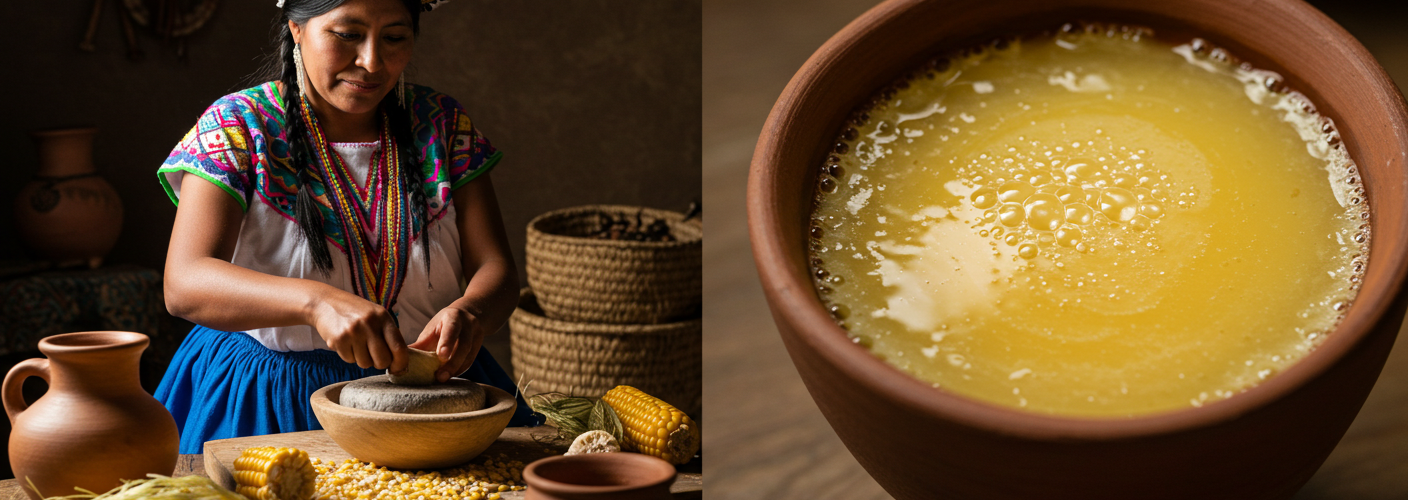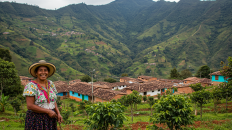Chicha, a traditional fermented beverage, has deep roots in the cultural tapestry of various Latin American countries, primarily originating from indigenous communities. Most notably made from corn, chicha has become a cherished symbol of local traditions, celebrations, and social gatherings. While its production and flavors can vary significantly from one region to another, the essence of chicha remains a fun and communal experience.
The Ingredients and Brewing Process
The base ingredient of chicha is maize, a staple in many Latin American diets. The process of creating chicha starts with soaking the corn, followed by fermentation. The kernels are usually chewed by individuals, allowing the enzymes in saliva to kickstart the fermentation process. This unique method not only gives chicha its distinct flavor but also connects the drinker to ancestral practices. Alternatively, in many modern versions, the corn is cooked and then mashed, involving less direct human interaction in the fermentation process.
Chicha can be made in various styles. Some versions are lightly fermented and have a slightly sweet taste, while others might have a stronger alcoholic content, depending on the duration of fermentation. Additional ingredients, such as fruits, spices, or herbs, can introduce unique flavors and aromas, elevating the beverage’s profile. Each variant offers a different tasting experience that reflects local ingredients and customs.
Cultural Significance
Chicha is far more than just a beverage; it plays a crucial role in communal and ceremonial life. In many cultures, it is customary to brew chicha for special occasions, family gatherings, and cultural ceremonies. For some indigenous groups, sharing chicha is an act of reciprocity and respect, often shared with guests as a sign of welcome and friendship.
In Peru, for instance, chicha de jora is popular, made from malted corn and often consumed during festivals. The significance of chicha in these celebrations serves to unite communities, honoring traditions and fostering shared histories. In Bolivia, the drink’s importance is highlighted during rituals, with offerings made to Pachamama (Mother Earth) in gratitude for the harvest.
A Modern-Day Revival
Recently, there has been a resurgence in the popularity of chicha, particularly among younger generations and artisanal producers. Craft breweries and local distillers are experimenting with chicha, introducing contemporary flavors while staying true to traditional methods. This revival not only promotes local agriculture by utilizing native corn varieties but also celebrates indigenous cultures.
By bringing chicha into modern bars and restaurants, enthusiasts can enjoy this historic beverage in a new context, extending its reach beyond rural communities. Various craft brewers now offer their interpretations of chicha, often combining traditional brewing techniques with innovative ingredients, resulting in unique, locally-inspired variants.
Conclusion
Chicha is more than just a simple corn beer; it encapsulates the traditions, community ties, and indigenous heritage of Latin American cultures. From its labor-intensive brewing process to its role in festivities, chicha remains an emblem of local identity and cultural pride. As we move forward into a more globalized world, the revival of chicha serves as a reminder of the importance of preserving and sharing cultural heritage. For those who have yet to experience this unique beverage, there’s no better time to discover the rich flavors and stories that come with every sip of chicha.




Add comment